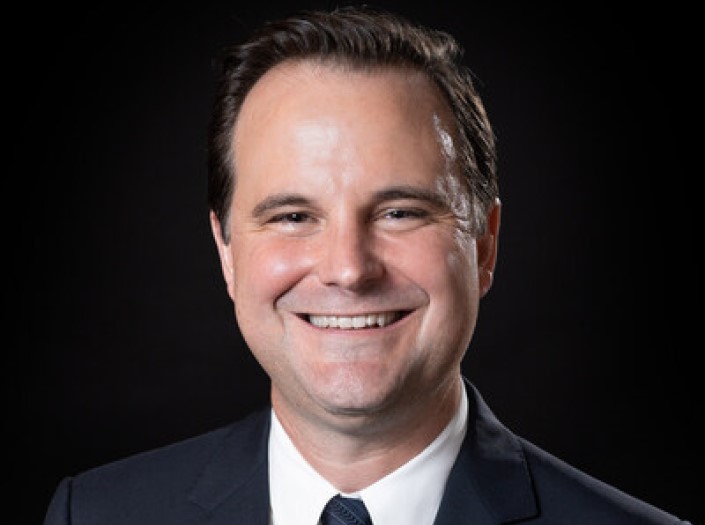Employee Benefits
Benefiting the Bottom Line

Employee benefits consultants and property/casualty brokers could see substantial gains as they move to take advantage of private exchanges for health care and other employee benefits.
Jim Blaney, chief executive officer, Willis human capital practice, said that offering clients private exchanges provides consultants and brokers with “a huge opportunity. … However, it’s all about gaining market share and converting new revenues.”
Roughly 30 million workers are expected to enroll in health care plans via private exchanges by 2017, “but costs and inertia could slow the adoption rate,” according Morgan Stanley research analysts.
“We think there are substantial market share opportunities for P&C brokers but large economic benefits will take years to materialize as they have to invest heavily to gain share,” the analysts wrote in a March 13 report, Private Exchanges: Friend or Foe.
For example, Aon Hewitt — which was “one of the first movers and the most vocal in private exchange efforts” — has invested roughly $100 million in its initiatives “which have not yet broken even,” according to the analysts. The firm has enrolled more than 600,000 members on its multicarrier, fully insured active employees exchange.
Aon executives were not available for an interview.
At Morgan Stanley’s Private Exchange Conference earlier this year, Aon said that it can overcome the cost gap and deliver up to 2 percent total savings for self-insured clients converting to Aon exchange.
A report by Moody’s offered a more positive viewpoint, concluding that the creation of private health exchanges “are credit positive for leading benefit consultants and brokers.”
“We believe the most successful exchanges will be those that minimize growth (or generate savings) in overall health care costs, rather than simply shifting costs from employers to employees,” according to a March 3 report.
Keys to success, it said, include building strong insurance carrier networks, guiding employees to select appropriate insurance coverage, promoting employee wellness, streamlining plan administration and ensuring compliance with regulations.
Blaney, at Willis, said that discussing its insurance exchange with clients and prospects is “a way to open doors,” as most employers are interested to learn more about both private and public exchange models.
“This gives us an opportunity to meet with potential new clients, build rapport and provide thought leadership and consulting. We are seeing an increase in new clients independent of whether they choose to use the private exchange,” he said.
Last year, Willis partnered with Liazon to offer clients The Willis Advantage, a private label of that company’s platform. Liazon, which was bought last year by Towers Watson, operates a multicarrier exchange with both self-insured and fully insured products.
“The Willis Advantage,” Blaney said, “is designed to be a consultative approach to help mid-market and upper mid-market clients consider the opportunity of advancing consumerism and possibly, a defined-contribution approach.
“We think our differentiation lies in our integrated health management capability aimed at addressing medical utilization trends,” he said.
The exchange includes built-in features such as incentive-based wellness options, health coaching, and disease-management programs, to help employees and employers drive down health care costs and increase productivity.
Over the past two quarters, interest in the private exchange has “spiked,” with 600 employers — both existing clients and prospects — considering adoption, he said. Two clients are currently on the platform, and another five are “in the queue.”
“The adoption rates for the mid-market seems to be evolving slower than adoption rates for the larger market, but in the next five years, I believe we are going to see a sizable migration toward defined-contribution funding approaches as employers seek to cap benefits costs and push more responsibility and accountability to employees,” Blaney said.
Mercer, the subsidiary of Marsh & McLennan Cos. launched its Mercer Marketplace in 2013. It currently works with 67 employers to provide medical and other benefits to 282,000 employees, retirees and family members.
The company recently expanded its service to offer access to individual medical plans via GetInsured, a California-based company whose technology platform powers state government exchanges.
Liazon, whose platform is used by more than 400 brokers — including Arthur J. Gallagher, Lockton and Brown & Brown — said larger brokers private label its platform, and can build in their own value-added support features, such as back-office capabilities, call centers, and employee assistance programs, said Managing Director Ashok Subramanian.
“This really enables brokers to leverage proven technology to wrap around their strategies, with a speed to market,” Subramanian said.
Smaller brokers use Liazon’s independent channel, Bright Choices, to save on costs, he said. Overall, Liazon has seen “an enormous uptick in usage over the past year, up 300 percent in 2013, from 2012.
“There is tremendous tailwind in the market for solutions like this among employers,” he said. “This happens to coincide with the opening of the public exchanges, but it’s not really related to that.”
Employers can also take advantage of private exchanges for retirees and older workers, such as Towers Watson’s OneExchange for Medicare-eligible individuals, said Bryce Williams, the consultancy’s managing director, Exchange Solutions.
“The Medicare market is so technical and highly regulated, that it’s less costly for them just to refer retirees to our exchange,” Williams said.
Currently, adoption rates are less than 5 percent, but Williams expects that in five to 10 years, adoption rates will rise to 50 percent, for employers who give their employees access to health care.










